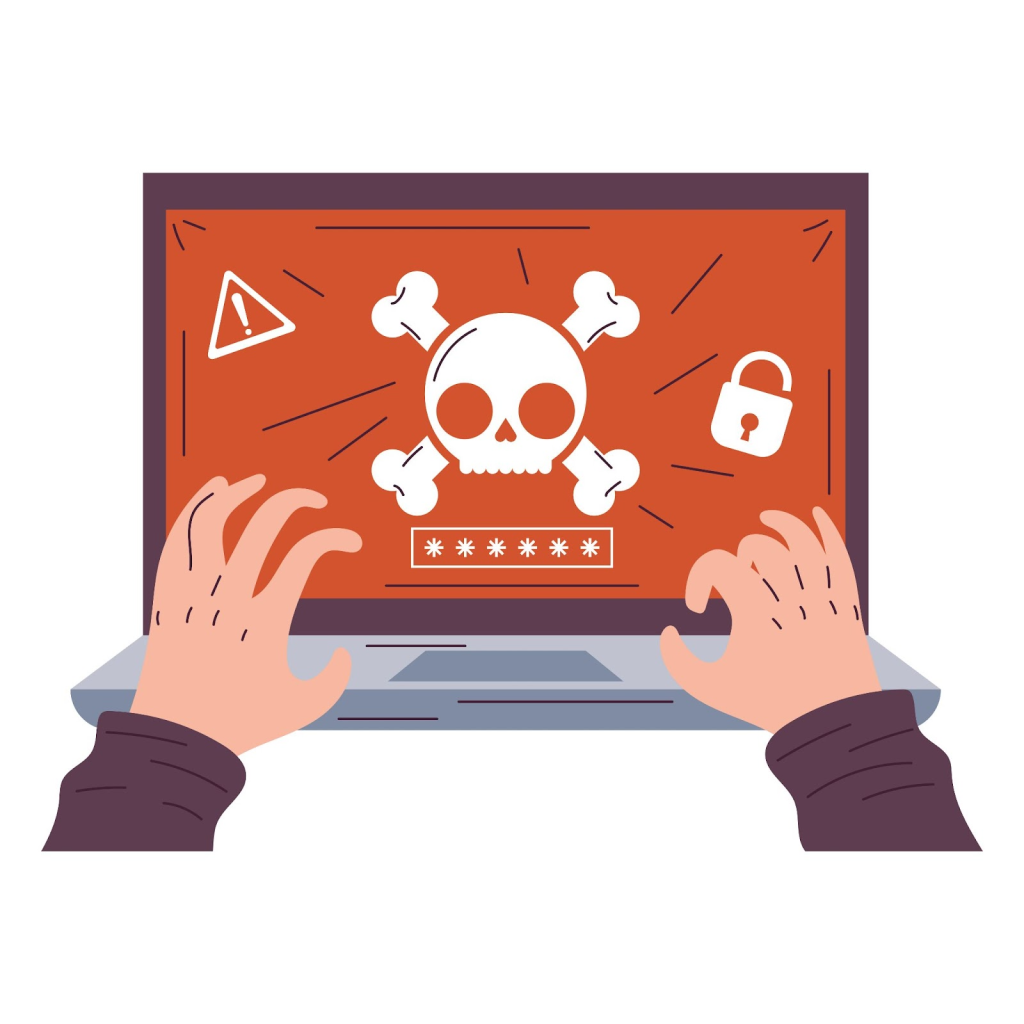
A familiar scene plays out in many teams. A designer needs a plug-in for a pitch, procurement wants three quotes, IT requests a security review, and the deadline remains unchanged. Someone finds a “free” build on a forum, installs it to keep the project moving, and the job ships. The quick fix may seem harmless until machines slow down, updates stop working, and audit notices begin to arrive. Most organisations don’t set out to cut corners; they slide into them because the safe path is slower than the risky one. The cure is not fear or long policy PDFs. It’s a system where the legitimate route is faster, clearer, and easier than any shortcut.
If you’re trying to frame the conversation internally, start with a neutral explainer on why teams drift into misuse in the first place. This primer on software piracy helps managers and budget owners understand incentives without blame, which is essential if you want people to engage honestly.
Why People Slip Into Unlicensed Tools
- Project cycles outrun procurement cycles. Tight delivery dates make a two-week approval feel impossible.
- Budget owners lack visibility. They can’t see which seats are active, idle, or needed temporarily.
- Freemium walls the one capability the team actually needs. The gap between free and paid is often a single feature.
- Tool sprawl clouds version control. Colleagues collaborate on different releases and break file compatibility.
None of these are excuses; they are design problems in the way software is requested, purchased, and governed.
The Risk Map In Plain Language
- Security debt. Cracked installers and rogue plug-ins routinely disable updates or ship with droppers. You inherit instability today and exposure tomorrow.
- Operational friction. Mismatched versions corrupt projects, waste hours on re-exports, and ruin repeatability.
- Legal and financial impact. Vendor audits and true-ups arrive on their schedule, not yours—often during fundraising or a large tender.
- Reputation damage. Once you disclose an incident, stakeholders judge governance, not intent.
Make The Compliant Path The Quickest Path
- Publish an approved catalog by role (Design, Engineering, Product, Marketing, Finance). Include versions, license type (named user vs device), renewal dates, and an internal owner for each tool.
- Offer a 48-hour fast lane for new requests: a short risk form (purpose, data access, vendor URL), a security scan of the installer, and a budget threshold where the manager can approve.
- Centralise purchasing through a lightweight licence desk that keeps a live seat ledger and handles renewals before they lapse.
- SSO + SCIM everywhere. Joiners, movers, and leavers should map to automatic provisioning and de-provisioning.
- Application control on endpoints (e.g., AppLocker/Defender Application Control on Windows; Gatekeeper/MDM on macOS) to block unknown executables while still allowing a simple “request exception” flow.
- Safe sandboxes (VMs or disposable containers) for trials, so exploration never pollutes production machines.
Quiet Guardrails That Enforce Good Behaviour
- EDR with software inventory. Know who runs what, how often, and where. Visibility is non-negotiable.
- Weekly discovery scans to flag unauthorised installs and version drift.
- Licence telemetry (last-used data) to reclaim idle seats and right-size renewals.
- Checksum and source validation for plug-ins and assets; only allow downloads from official marketplaces.
- Font and asset governance for creative teams—yes, fonts carry licence terms too.
The Policy That Humans Will Follow
- Plain-English rule: “If the company expects you to use it, the company must license it.”
- Quarterly amnesty weeks: No-questions uninstall windows, paired with supported alternatives or legitimate trials.
- Manager accountability: Coaching for first misses, formal warnings for repeats—but managers own their team’s tool hygiene.
- Micro-budgets: Small, pre-approved caps for leads (e.g., short-term utilities) so nobody pirates a ₹2,000 tool to save a ₹2-crore account.
What To Do When You Find an Unlicensed App: A Five-Step Playbook
- Isolate the device from the network: back up working files.
- Preserve evidence: hashes, download source, install logs, and user account details.
- Remediate: remove the app or purchase a licensed copy if you truly need it. If there’s any hint of tampering, wipe and reimage the device.
- Coach, don’t shame: explain the faster-approved path; show the request form and the SLA.
- Fix the root cause: if procurement was too slow or an approved tool missed a feature, change the system so the behaviour doesn’t repeat.
A Lean Operating Blueprint You Can Launch This Quarter
Loop 1 — Discover (Always-On Signal)
Turn on software discovery in your EDR/MDM and generate a monthly Shadow IT Heatmap (team × risk level). Tag each finding with owner, version, and source. This isn’t about blame; it’s your radar.
Loop 2 — Approve (Fast Lane, Not Red Tape)
Run a one-screen request with a 48-hour SLA and a named licence concierge to triage. Allow the manager to sign off on low-risk utilities under a sensible budget cap. If a feature is blocked behind a paywall, the default is to buy, not to pirate.
Loop 3 — Provision (Zero-Friction, Zero-Guesswork)
Publish role-based tool kits with SSO installers, checksum-verified downloads, and pre-approved plug-ins. Offer burst seats (7–30 days) for short sprints that auto-convert to full licences only if usage stays high.
Evidence & Audit Readiness
Maintain a living license ledger (owner, seats, last used, renewal dates) and an evidence pack (proofs of purchase, renewal emails, installer hashes, screenshots). Do a quarterly dry-run audit so surprises never land during fundraising or a tender.
Scorecard To Publish Monthly
- Median time to approve (target ≤ 48 hours)
- % requests auto-approved under the budget cap
- Unlicensed installs discovered (trend down)
- Idle-seat reclaim rate (set a quarterly target and track ₹ saved)
- Exception tickets: regularised vs expired
- Version drift incidents on core tools
Closing Thought
You don’t eliminate risk with slogans; you reduce it by design. Make the legitimate route faster than any workaround, keep visibility high, and treat corrections as process fixes rather than blame sessions. Share the root-cause view on software piracy with your teams and point leaders to provide guidance on implementing India-specific measures to combat piracy. When the right thing is the easy thing, shortcuts stop looking attractive—and the organisation stops absorbing hidden risk. Bytescare monitors the web, marketplaces, and messaging channels for pirated/look-alike listings, compiles admissible evidence, and runs fast, policy-aligned takedowns to stop piracy—while setting up seat ledgers, fast-lane requests, exception workflows, and SSO/SCIM so the compliant path is the quickest.
